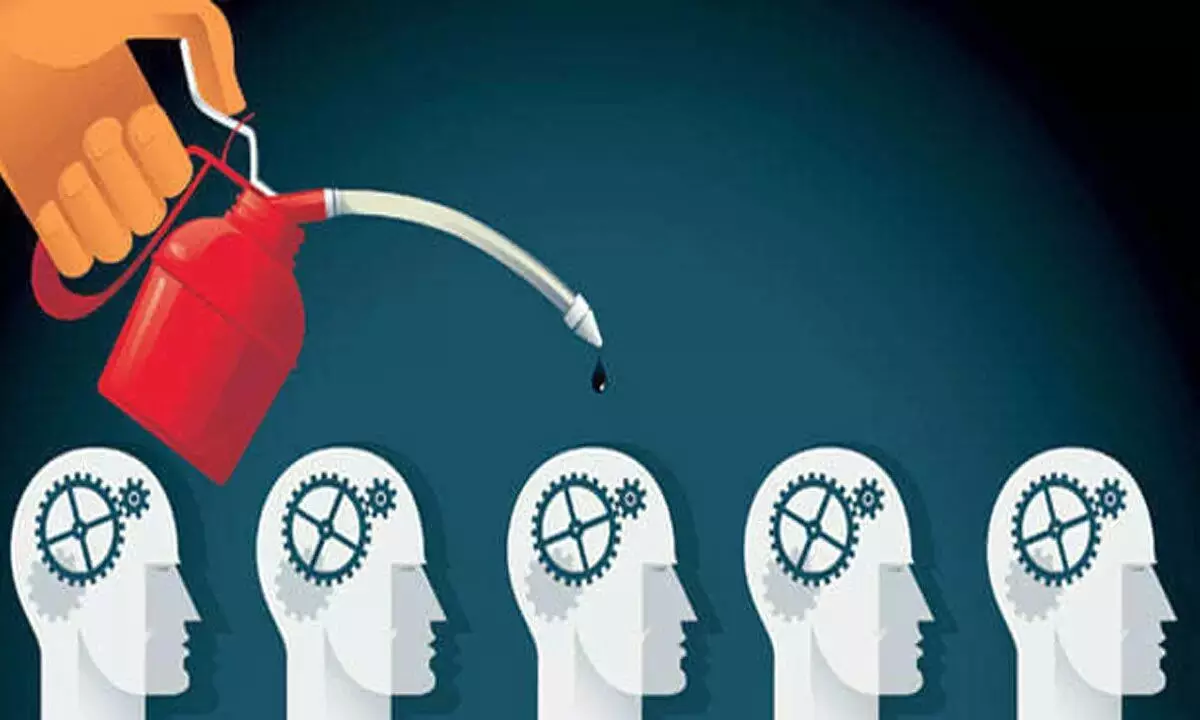How to design a new-age employee training program

How to design a new-age employee training program
Staff training cannot function on the basis of pre-packaged designs, but has to be pragmatic and based on rational assessments of work cultures
The need to create the new-age employee in the wake of Covid-19 has garnered tremendous attention. While training employees has always been essential to augmenting productivity and improving professional cultures, with unprecedented changes all across the board, new ways to skill and mentor the workforce are indubitably required. Yet, the aforementioned domain has always been a somewhat contentious arena. While sometimes there is a general lack of training, at other times, there is inefficacy and dissatisfaction. What does it take to provide adequate professional training to employees? How can we go the extra mile against new circumstances? Above all, what does meaningful employee training mean in the first place? These questions merit rigorous probing.
As early as in 2016, an HBR study found out that 75 per cent of 1,500 managers surveyed from across 50 organizations were dissatisfied with their company's Learning & Development (L&D) function, while 70 per cent of the employees reported that they did not have mastery of the skills needed to do their jobs. Only 12 per cent of the employees applied new skills learned in L&D programs to their jobs and a mere 25 per cent of the respondents to a McKinsey survey believed that training measurably improved performance. These numbers demonstrate that an epidermal investment in and mere budgetary allocation for employee training might turn out to be largely ineffective. Instead, a well-intentioned, far-sighted, painstakingly designed programme to skill the workforce and empower it in the longer run is necessary.
To start unpacking the problem of unremarkable training, it is to be acknowledged that skills have to be retained. A rote-learning-like formula to train workers can sink without a trace because rote-learnt knowledge is forgotten soon and because unlike an elementary examination, the modern workplace does not demand reproduction of facts and definitions, but avid and dynamic application of concepts, ideas and skills learnt. Thus, an employee training programme must be oriented towards making people learn the core ideas and utility of the skill being imparted, the possibilities of pragmatic application and leading by example when it comes to skill demonstration and dissemination. In other words, an ideal employee training programme builds capability.
The aforementioned capability-building also requires repeated revision and replenishing, particularly with regard to the need to train employees for new roles and responsibilities. For example, when Covid-19 necessitated remote working, workers had to harness technology and new resources on a hitherto unmatched scale. Needless to say, widespread technical training to use digital tools would have made the shift increasingly smooth. Therefore, with transformations and resultant necessities, training regimes need to recalibrate themselves to keep themselves relevant.
Furthermore, a long-term capacity-building programme must also make employees realize that learning has to be a part of everyday work. A constant drive to learn is a fundamental component of the growth mindset and there are immediate rather than abstract ways to actualize it. For instance, as experts Josh Bersin and Marc Zao Sanders remark, when an issue arises, instead of just sitting in on a negotiation with procurement experts, noticing and learning their tactics and techniques as you engage with them can be fruitful. Similarly, when a technical problem arises, instead of waiting for help, you can learn ways to go about it from the internet. A drive towards self-sufficiency and constant learning have to be incorporated in employee training to create an independent and resilient workforce.
Making sense of training necessitates feedback and pre- and post-training assessments can be instrumental in this regard. Before embarking on a training programme, it is a worthy idea to get a lay of the land and measure employee expectations against the ambitions of the organization. After the training, it is then necessary to get a view of what employees think they learnt and their overall satisfaction with the lessons and in the long run, take a larger look at their productivity through observation and routine surveys. Once these indicators are put together, the data has to be leveraged to improve future training programmes.
On the whole, employee training cannot function on the basis of pre-packaged designs but has to be pragmatic and based on rational assessments of work cultures. The goal in the end is to create adaptable, committed and knowledgeable employees who execute their learning into achievements for the organization and drive it stridently into the future. This end can be accomplished when training no longer remains a bland imposition of impractical learning but becomes an enabler and builds capacity in direct and realistic ways.
(The author is Chief Impact Officer at Recykal Foundation)















